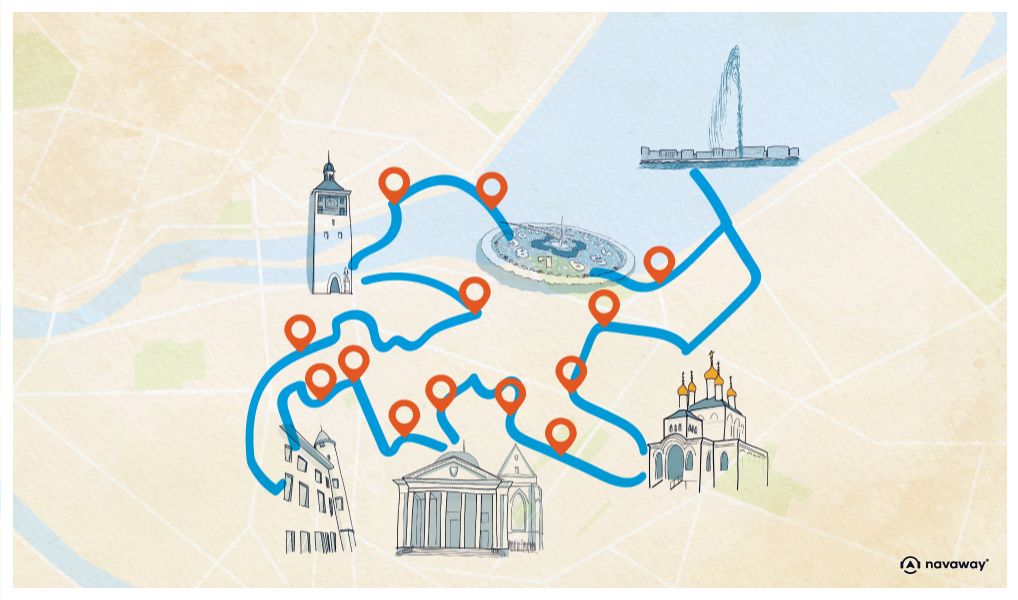
Plaine de Plainpalais
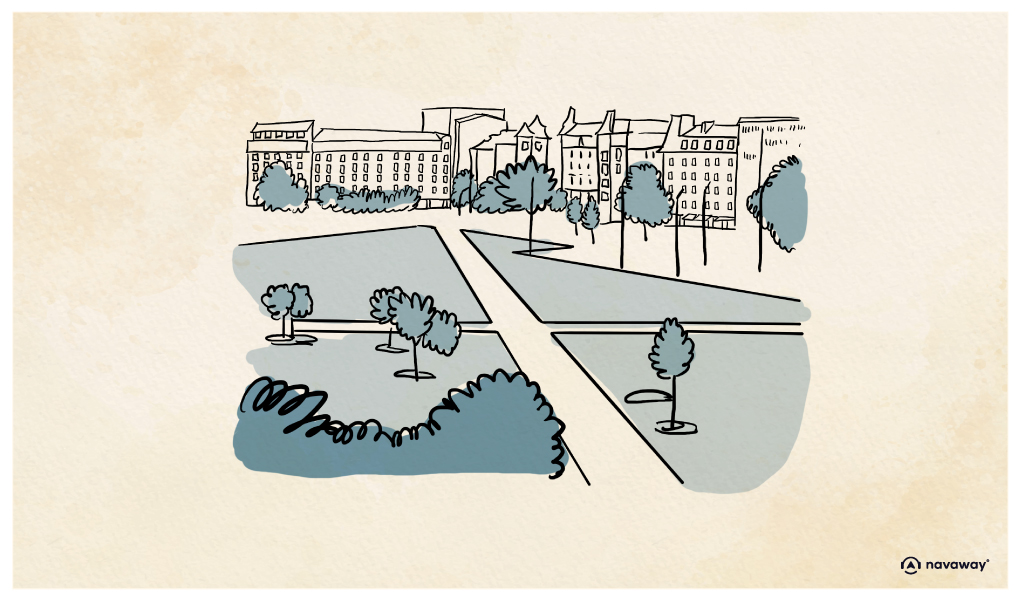
This point of interest is available as audio on the tour: Visit Geneva, The Little Big Capital
You’re now standing on the Plaine de Plainpalais, one of the largest open squares in all of Switzerland. With its distinctive diamond shape stretching nearly 650 meters, it’s a popular gathering spot for locals who come here to enjoy the skatepark, playgrounds, or simply relax under the shade of the many trees lining the esplanade.
But this wide open space hasn’t always looked this way. Back in the day, it was a marshy area nestled between the Rhône and the Arve—the two rivers that flow through Geneva. And that’s exactly where its name comes from. Contrary to what you might think, “Plainpalais” has nothing to do with a palace. It actually comes from the Latin plana palus, meaning “marshy plain.” Over the centuries, the area has seen quite a transformation.
First used as pastureland, it gradually turned into a suburban zone during the Middle Ages. Then in the 17th century, it became a recreational space with the introduction of jeu de mail — a lawn game where players used mallets to hit wooden balls along a course, a bit like an early version of golf or croquet. The game attracted crowds looking to unwind in the tree-lined walkways. From that point on, Plainpalais became a lively and much-loved part of the city, hosting markets, circuses, fairs, and all sorts of cultural and sporting events on its distinctive red gravel surface.
Its vibrant spirit lives on! Today, it remains one of Geneva’s liveliest squares. As you stroll around, you’ll come across an intriguing sculpture—a polished steel moon, created by Swiss artist Not Vital in his workshop in China. It’s more than just a sculpture; it’s a symbol of time and transformation. Thanks to its mirror-like surface, it invites you to touch it… and even catch a glimpse of yourself in its silvery reflection.

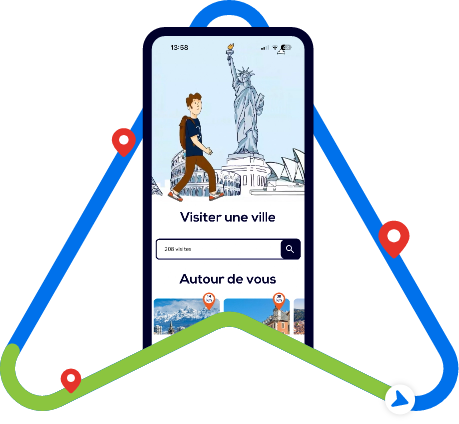
Discover Geneva with app
An interactive guide through the most beautiful streets, squares, and districts
24 fun audioguides full of historical facts, anecdotes, and legends
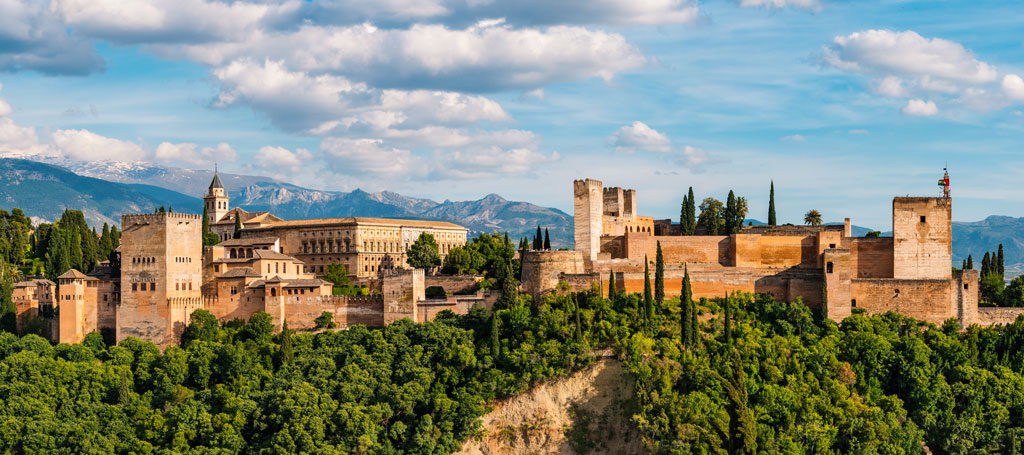
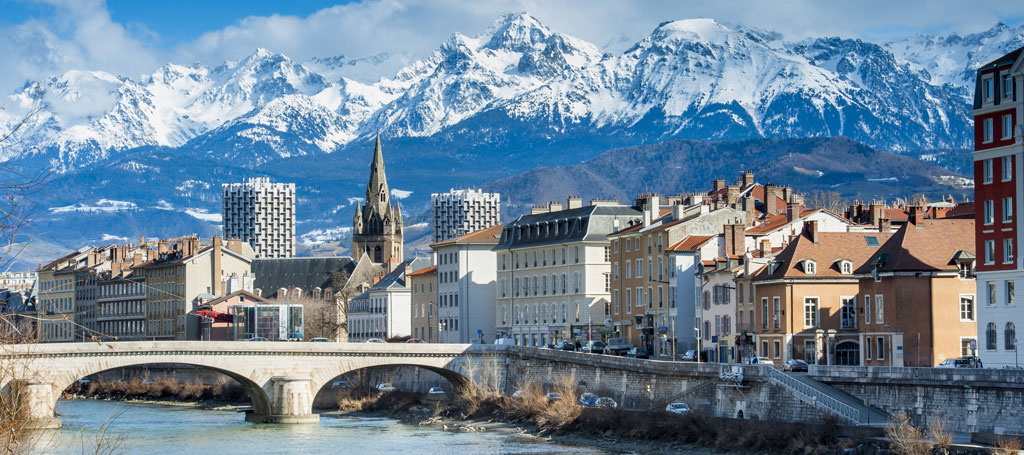

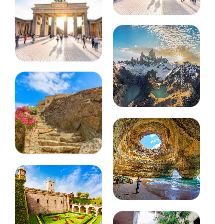

Comments